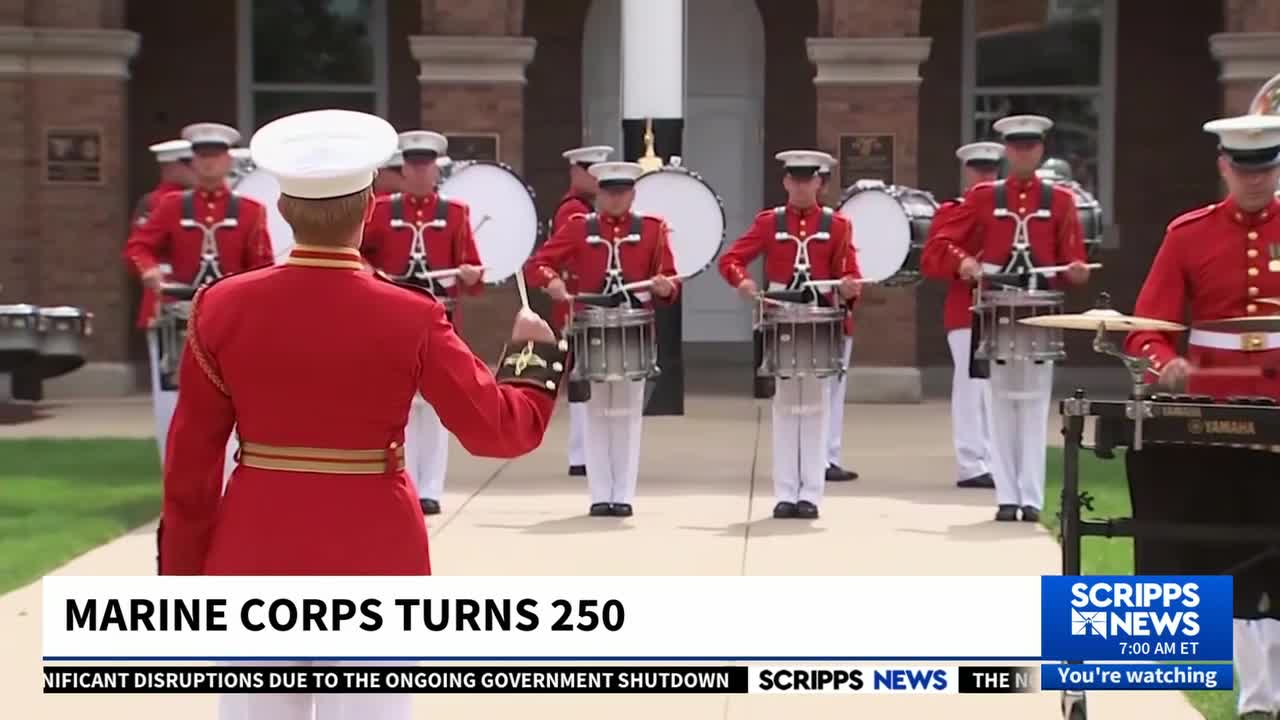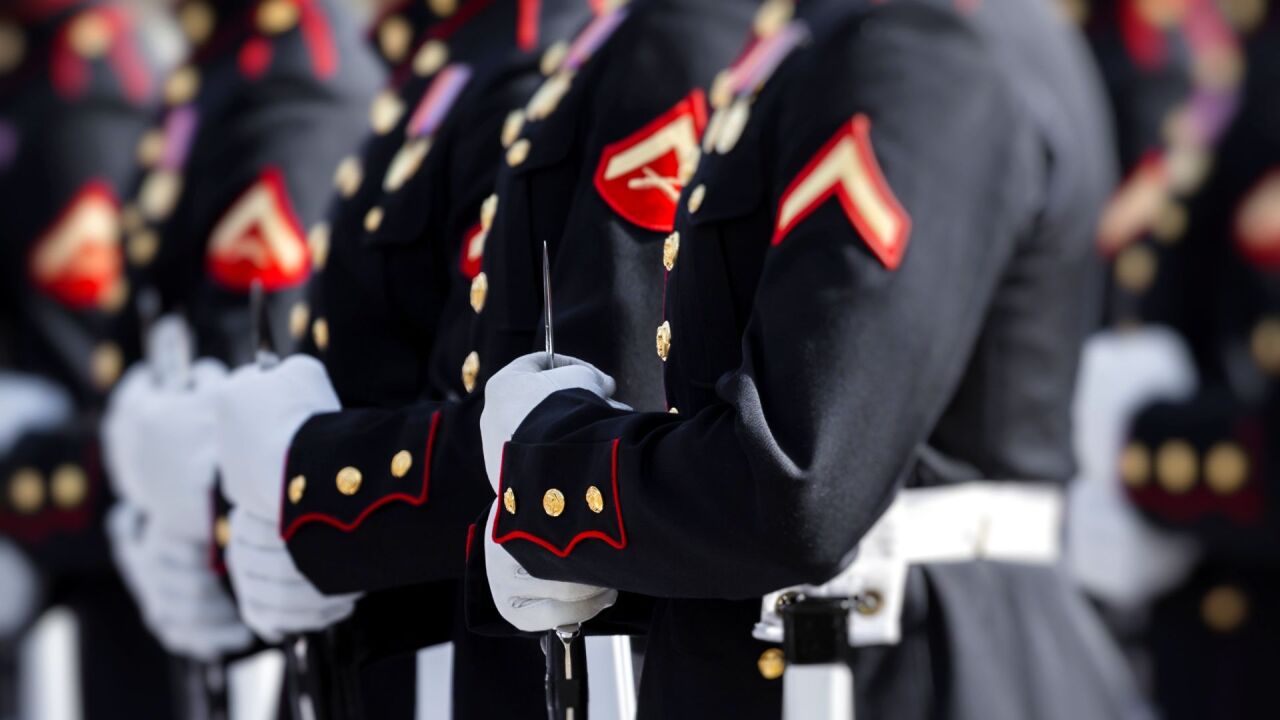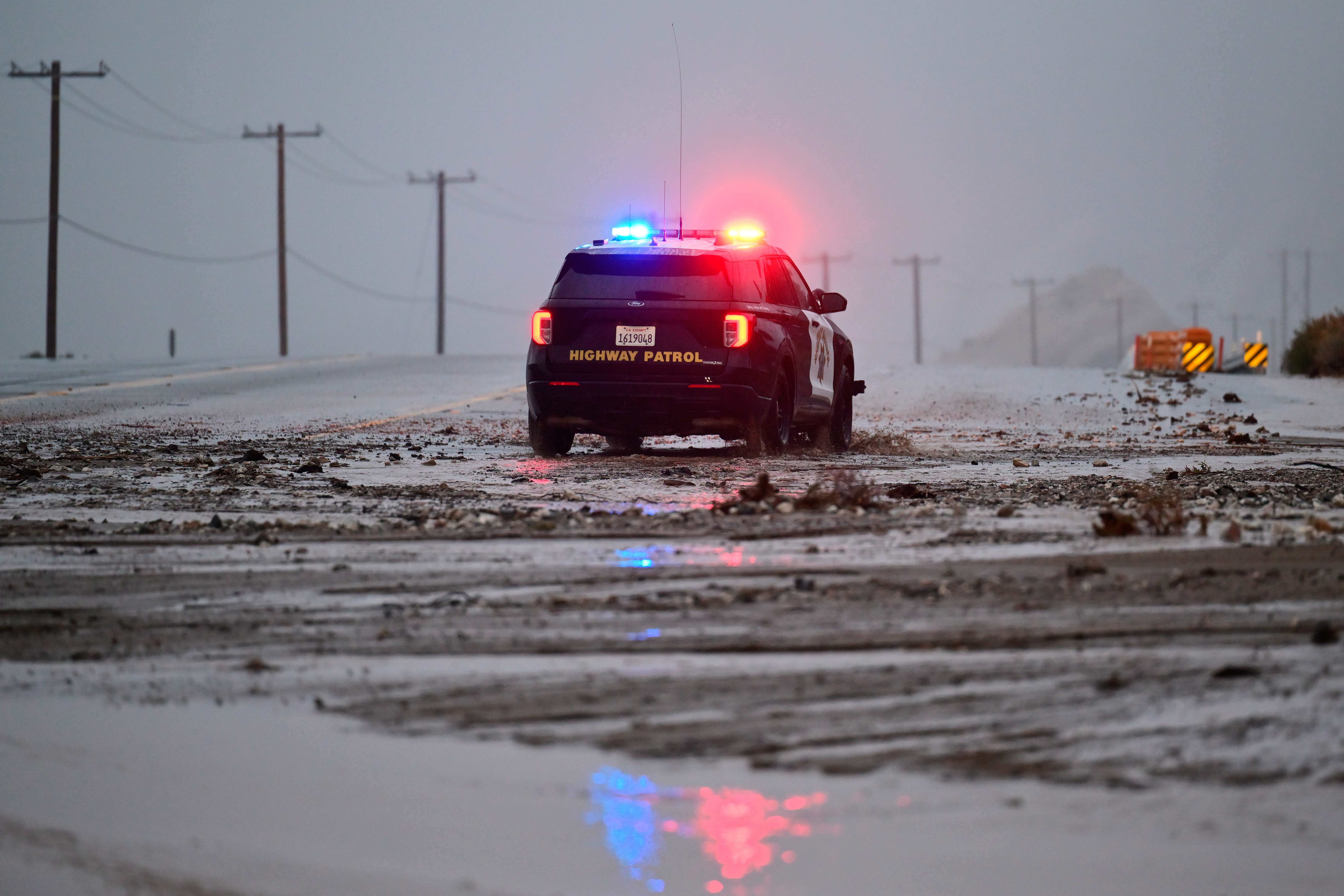Monday marks a major milestone in American military history as the U.S. Marine Corps celebrates its 250th birthday and events honoring Marines past and present are planned across several states.
Birth of the Corps
The branch traces its origins to Nov. 10, 1775, when John Adams drafted a resolution creating the Continental Marines to serve alongside the Continental Navy in the Revolutionary War. Recruitment began at a brewery in Philadelphia, which is now recognized as the Corps' birthplace.
First Missions
The Marines' first assault came in the Bahamas in 1776, when they seized gunpowder and munitions from British soldiers. Throughout the Revolutionary War, Marines fought both at sea and on land, with historic clashes that helped secure American independence. The Continental Marines were then disbanded in 1783 after the war ended.
Re-establishment and 19th-century conflicts
The Marine Corps was eventually revived 15 years later to safeguard U.S. operations during a quasi-war against France, which landed them in Santo Domingo, Dominican Republic. The branch later took part in the War of 1812, the Mexican-American War, as well as various smaller wars defending U.S. interests around the world.
World War I — "Devil Dogs"
During World War I, the Marine Corps deployed to battlefields in France, where heroic actions by the 4th Marine Brigade earned it the title of "Devil Dogs." Aviation also played a large role in the war effort, as Marine pilots flew bomber missions over Belgium and France.
World War II — Mastering amphibious warfare
Between 1941 and 1945, the Marine Corps carried out various large-scale amphibious assaults across the Pacific Ocean, including historic battles in Guam, Okinawa, and Iwo Jima, which birthed the historic flag-raising photograph. By the end of the war, the branch had grown to six divisions, including five air wings, as well as its supporting troops.
Cold War era — Korea and Vietnam
During the Korean War, U.S. Marines proved amphibious assault was still viable as they distinguished themselves in battles through harsh winter conditions, including at the Chosin Reservoir, where forces were able to hold against Chinese Communists in sub-zero temperatures.
Marine involvement in Vietnam expanded significantly in the mid-1960s. After the Tet Offensive in 1968, the Marine presence grew to a peak of about 85,000 troops. The drawdown began the following year, as South Vietnamese forces assumed a greater share of the fighting. Most Marine ground units had withdrawn by 1971, though Marines later returned to assist in the evacuation of U.S. personnel and civilians in Vietnam and neighboring Cambodia.
Post-Vietnam to modernization
In the years following, the Marine Corps shifted its focus to modernizing equipment and transforming readiness, while also providing support for various non-combative and humanitarian operations. It was during this period that Marines conducted peacekeeping and combat operations in places like Beirut, Lebanon. Marines also took part in a short but successful intervention in Granada.
Additionally, as the 1980s came to a close, Marines were summoned to respond to instability in Central America, where Operation Just Cause was launched in Panama to protect Americans and restore democracy. Then, in 1990, Iraq's invasion of Kuwait prompted what is deemed the largest deployment of Marine Corps forces since World War II. More than 90,000 troops were deployed to the Persian Gulf ahead of Operation Desert Storm — the air campaign that began in 1991.
Post-9/11 Operations
Following the September 11, 2001, terrorist attacks on the U.S., Marines were rapidly deployed to Afghanistan, where they helped launch Operation Enduring Freedom — then-President George W. Bush's global war on terror. Marines were also sent into Iraq, which led to high-stakes urban fighting in places like Fallujah, which is widely considered home to the most intense Marine battles since Vietnam.
The Corps has since carried out counterinsurgency operations, helped to train allied forces in the region, and supported humanitarian relief efforts. Marines also assisted in search and rescue efforts in Louisiana and Mississippi following Hurricanes Katrina and Rita.
Traditions and today's Corps
It was in 1921 that Major General Commandant John A. Lejeune officially proclaimed Nov. 10 as the official annual celebration of the founding of the U.S. Marine Corps. Each year, celebrations are held across the U.S. to honor all former and current Marines. Today's Marine Corps stands by its long and proud history of service to the nation, while maintaining readiness to respond to any potential challenges. The Corps' official motto is "Semper Fidelis," which is Latin for "Always Faithful."












